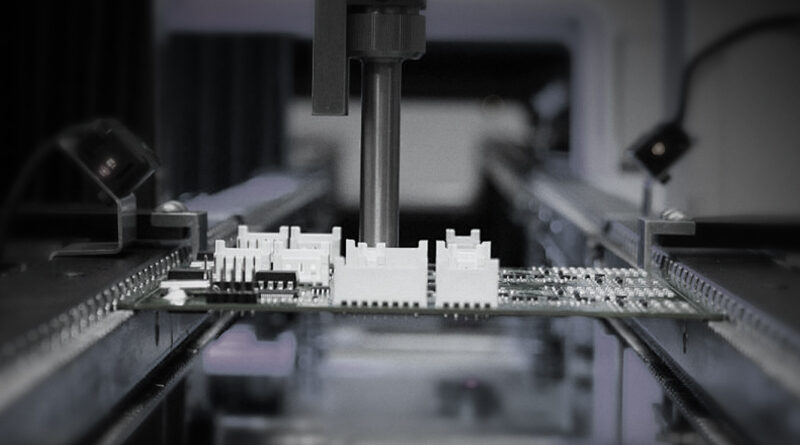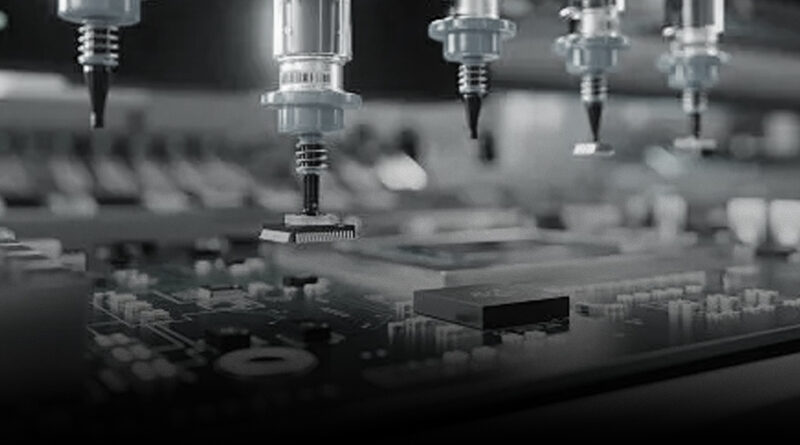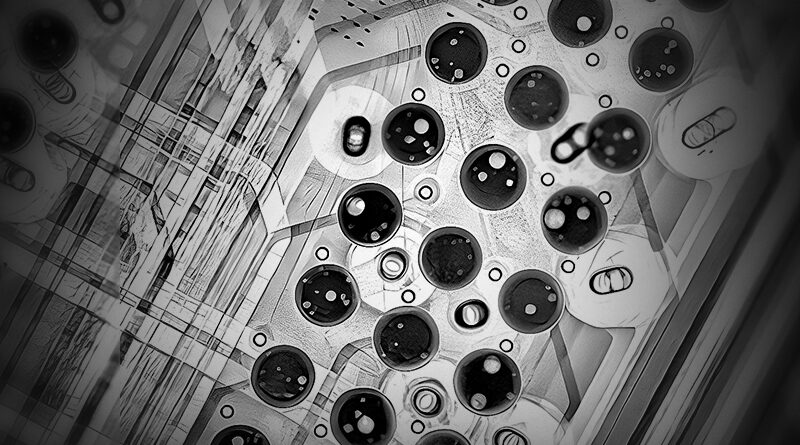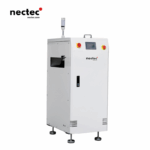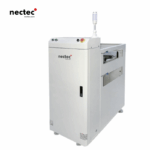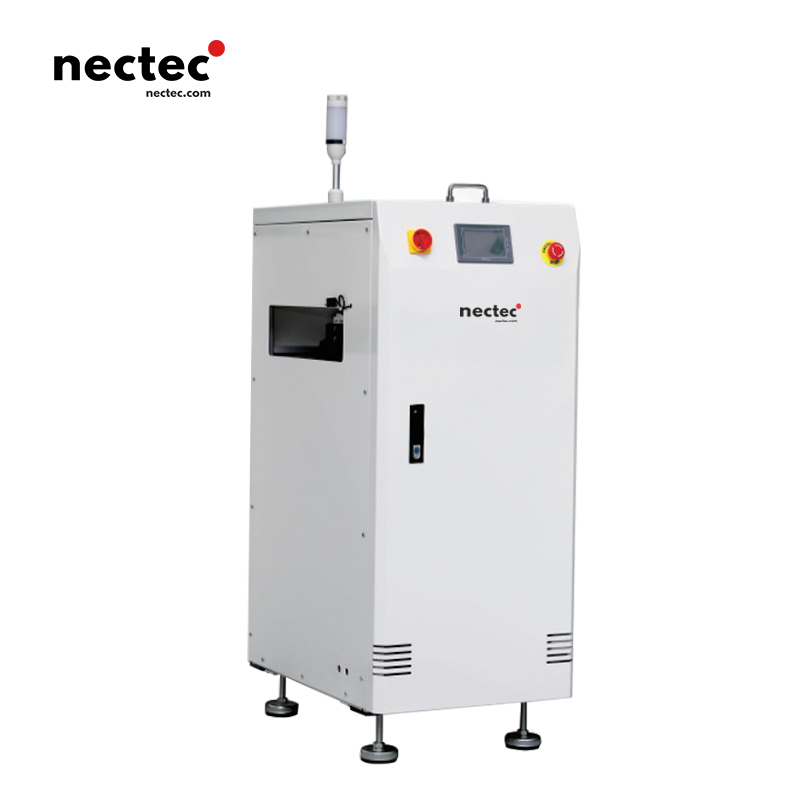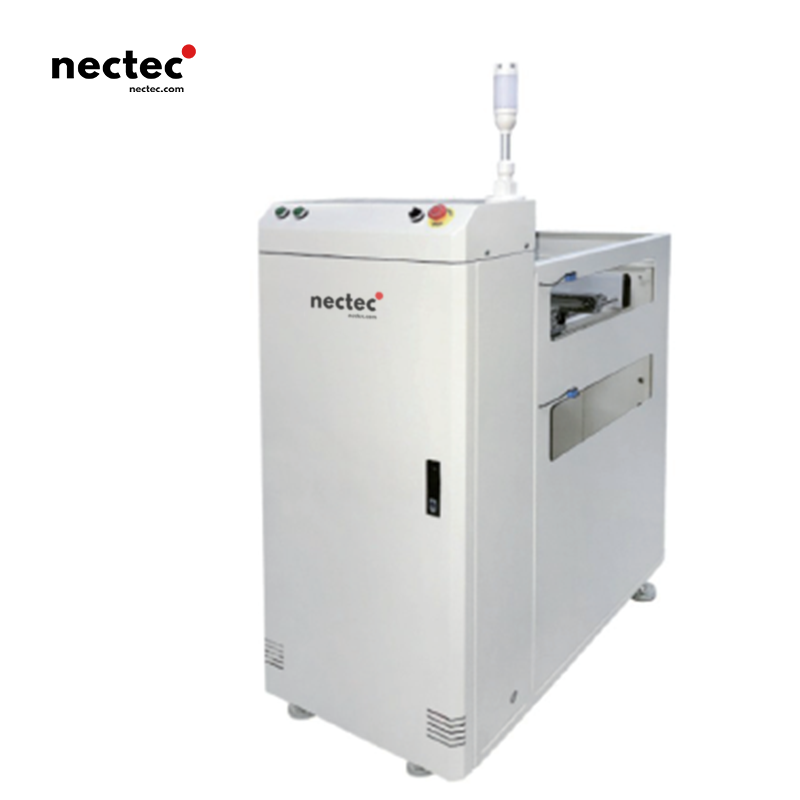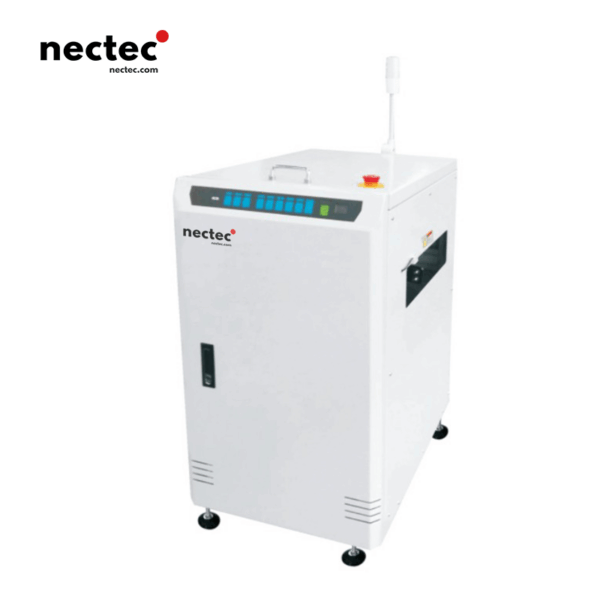

PCB Turning Machine | PCB Traffic Controllers
A PCB turning machine is an automated device used in SMT production lines to rotate or flip printed circuit boards (PCBs) by 90 or 180 degrees. It ensures proper orientation for subsequent processes while maintaining precise alignment. This machine enhances production efficiency, reduces manual handling, and supports flexible manufacturing layouts in high-speed electronic assembly lines.
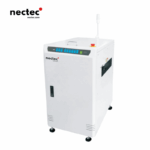
PCB Turning Machine | PCB Traffic Controllers
- Description
Description
-
Intuitive Touch Screen Interface
Equipped with a graphical HMI (Human-Machine Interface) for real-time monitoring, cycle control, and parameter configuration. Enables rapid setup adjustments for board rotation angle (0°–180°) and bidirectional flow direction (L→R/R→L). -
Integrated Torque Limitation System
Safeguards against mechanical overload during PCB rotation through precision torque control. Prevents damage to delicate boards (min. 0.6mm thickness) and ensures consistent operational safety in high-throughput environments. -
Quick-Access Maintenance Top Cover
Hinged or removable enclosure design facilitates immediate access to internal components (belts, sensors, drive mechanisms) for cleaning, calibration, or troubleshooting, minimizing line downtime. -
Lead Screw Width Adjustment
Motorized lead screw mechanism enables micron-level calibration of conveyor rail spacing. Accommodates diverse PCB dimensions (standard range: 50×50mm to 530×460mm) without backlash or misalignment. -
Stepper Motor-Driven Rotation
High-resolution stepper motor ensures precise angular positioning (±0.5° tolerance) and smooth board rotation at speeds up to 15 seconds per cycle. Eliminates vibration during directional changeovers. -
Minimized Transmission Clearance
Precision-machined guide rails and tight-tolerance roller assemblies reduce mechanical play to <0.1mm. Critical for maintaining registration accuracy during 90°/180° board turns in high-speed SMT lines. -
Application-Tailored Sizing
Scalable frame dimensions (L×W×H) and turning radius configurable to specific line layouts or facility constraints. Supports integration with both single-rail and dual-rail conveyor systems. -
Customizable PCB Traffic Flow
Programmable logic supports dynamic rerouting protocols. Enables flexible material flow configurations (parallel, perpendicular, or angled transfers) to optimize floor space utilization. -
SMEMA/EMI Compliance
Standardized I/O signals (Input/Output) enable plug-and-play synchronization with upstream/downstream equipment (printers, SPI, AOI). Supports automated fault signaling and line control protocols.
specification
Specification | |||||
Description | Adjust transmission direction of the PCB board | ||||
Cycle time | Approx. 15seconds | ||||
Belt type | Round belt/oblate belt | ||||
Power supply | AC 110/220 volts; single phase | ||||
Power | Max. 250VA | ||||
Transport height | 900 ± 20mm (customer specified) | ||||
Transport direction | L→R/R→L | ||||
Dimension | |||||
Model | Dimension(L × W × H, mm) | PCB board size | Magazine size | Weight (kg) | |
TM-250 | 500*563* 1200 | 50*50-330*250 | 355*320*563 | 150 | |
TM-330 | 580*643* 1200 | 50*50-400*330 | 460*400*563 | 170 | |




